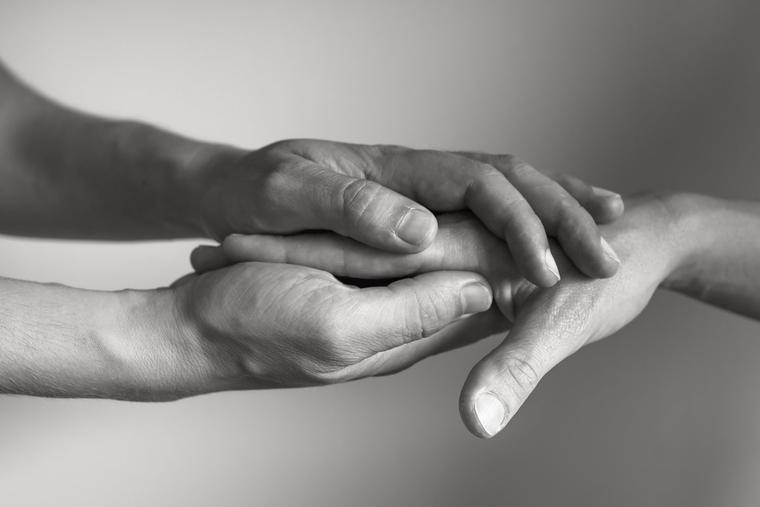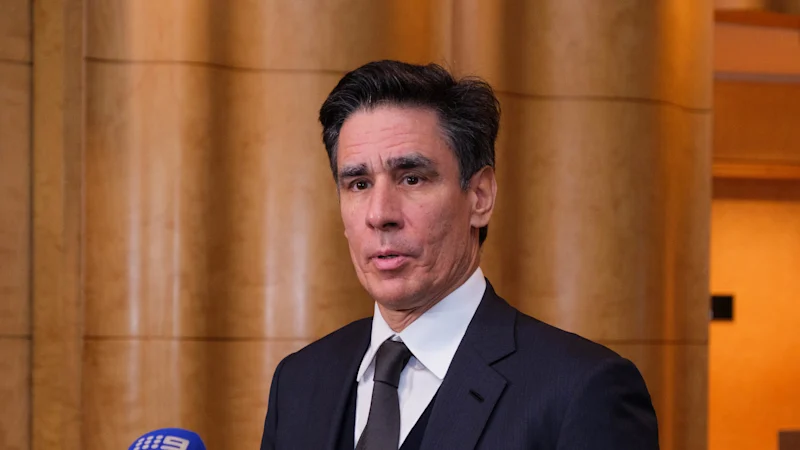By Father Joseph Thomas
Copyright ncregister

Editor’s Note: If you or someone you know is struggling with thoughts of suicide or a mental health crisis, help is available. You can reach out to the National Suicide Prevention Hotline by dialing 988 or the Catholic Upper Room Crisis Hotline at 888-808-8724.
With a new school year now underway, millions of young men and women have returned to high school and college campuses across the country. Many of them approach these years with enthusiasm and dreams for the future.
Yet this month also reminds us of a more sobering reality. Since 2008, the United States has recognized September as National Suicide Prevention Awareness Month. The current moment is therefore a good time to recall the all-too-many people, among them a growing proportion of young people, who have chosen to take their own lives at a time when they had so much ahead of them.
We can think of such persons as Sophia Jones, a first-year student at Princeton University who died on campus in November 2023 at the age of 18. I had seen her final, brilliant ballet performance just a few weeks earlier. Sophia was a dynamic, adventuresome young woman who chose to complete her junior and senior years of high school at a remote fjord in western Norway. She loved history and examining rare illuminated manuscripts at the university library. She also tutored middle-school students through a science outreach program and hoped to pursue a career in pediatric medicine.
The untimely loss of such young and energetic lives has become all too frequent in recent years. From 2007 to 2021, the suicide rate among young people increased by 62%.
The rise in young people taking their own lives is part of a serious decline in the overall mental health of youth, as evidenced by a broad range of statistics. Dartmouth economist David Blanchflower cites a recent study that showed a substantial increase since 1999, and especially since 2017, in the number of high school students aged 14-18 who said that they had been “sad or hopeless every day for the last two weeks.”
In light of his research, Blanchflower suggests that there is “a clear association between the number of hours of the day spent on a smartphone, the age at which a child first got a cellphone, and poor mental health.” The rapid advance of artificial Intelligence, with its vast potential for good, has also increased the risks to the well-being of youth.
While the data might point to causes of the crisis experienced by many young people, we know that resolving such issues is not easy in a culture that is so saturated with technology and habituated to it. Technology is no doubt just one aspect of the deeper challenges faced by youth today.
A frequent and understandable reaction in the face of these various problems has been to draw attention to remedies in the area of mental health. In recent years, many educational institutions across the country have greatly increased the amount of counseling and support services available to students.
While such efforts can certainly help, it’s unlikely that mental-health resources alone will be enough to address this crisis. Only a small percentage of students who have died by suicide had contact with a counseling service. As admirable as the work of such professionals can be, their work makes up only one dimension of a student’s experience, if that.
Considering this reality, the present situation might be a chance to ask ourselves, constructively, about the kind of overall environment our young people experience. Might we be able to better provide the warmth of a community in which each person can feel loved and wanted for who they are? Could we instill in them a stronger sense of purpose that gives meaning to their lives?
In responding to such concerns, Catholics can no doubt play a vital role, along with their fellow citizens, by drawing from the spiritual resources that we have received.
The efforts to help young people in such ways are not simply an exercise in feel-good sentimentality. Rather, they are proven means for improving public health. Research has shown that social support and an overall sense of meaning in life, as well as religion and spirituality, have clear benefits for mental health and for lowering the risk of suicide. Without claiming to understand the tragedy of student death, the emotions brought about by such incidents might serve as a spur to pursue such means for fostering the well-being of our communities.
In this immense task, we would do well to look to those perspectives, which can remind us of the solidarity that we share as human beings. Nearly 60 years ago, in the face of the rapid changes faced by society, the Second Vatican Council recognized the birth of a “new humanism,” formed out of the deeper sense of interconnectedness present in a globalized world. Such a humanism would preserve the authentic values of the world’s various civilizations while placing them within a context of universal brotherhood, in which man is defined not by any single culture, but “first of all by this responsibility to his brothers and to history.”
Such humanism might seem to be on the decline today, as many have observed, especially in the face of the great attention now given to science and technology. Nonetheless, doesn’t the present crisis indicate a corresponding need to deepen our awareness of the special identity of the human person, as well as the solidarity which connects us within the entire human family? Surely our culture and educational system could find more ways to express and promote such ideals as shared objectives, even within a diversity of worldviews.
In recent years, the Catholic Church has sought to emphasize this shared human fraternity as an aim that draws from faith in Christ, but which also serves as a shared ideal with persons of other religions as well as nonbelievers.
In the introduction to their 2019 document on human fraternity, Pope Francis and Imam Ahmad Al-Tayyeb expressed the shared conviction that “faith leads a believer to see in the other a brother or sister to be supported and loved.”
This shared sense of human belonging, as the same Pope taught in his 2020 encyclical on human fraternity, is an important recourse in a world strongly characterized by individualism and indifference. In the document, Francis invites us to reflect on the adverse cultural ramifications of our society’s feverish pursuit of technological and material progress. As he comments, “we fed ourselves on dreams of splendor and grandeur, and ended up consuming distraction, insularity and solitude.”
Such concerns for a renewed sense of human solidarity are not simply theoretical, but are a specific aim in which Catholics and non-Catholics can find common ground. A truly humanistic culture promotes interpersonal relationships. It values dialogue among people of different worldviews. It privileges time spent in interpersonal encounters over the pursuit of a purely individualistic happiness or staring at screens.
Student life, in particular, offers a plethora of possibilities for making this ideal a reality, from involvement in myriad student groups to the countless opportunities to interact with one another in class, in the dining hall, or in the dorm. We can say the same for so many other opportunities for living out a new humanism in the various ambits of our society.
The tragedies do not take away from the vitality present in our culture and among young people. Perhaps the sorrows we have experienced might serve to deepen our sense of the ties that bind us in the one human family.
Surely such a more profound humanistic sense will serve to help all individuals recognize and cherish the value of their own life.



